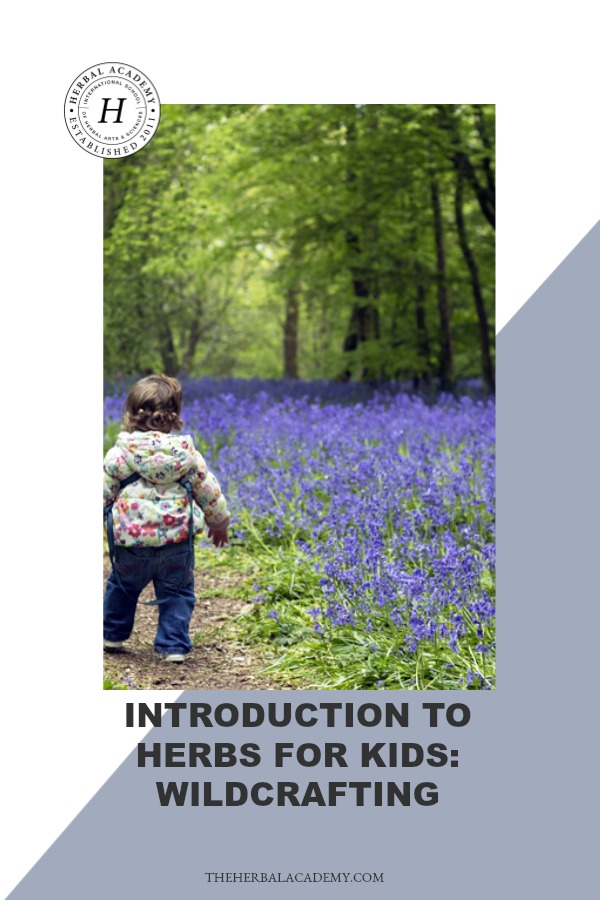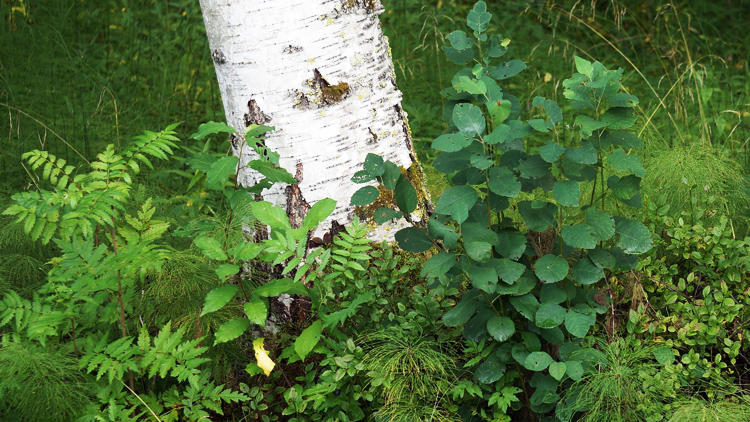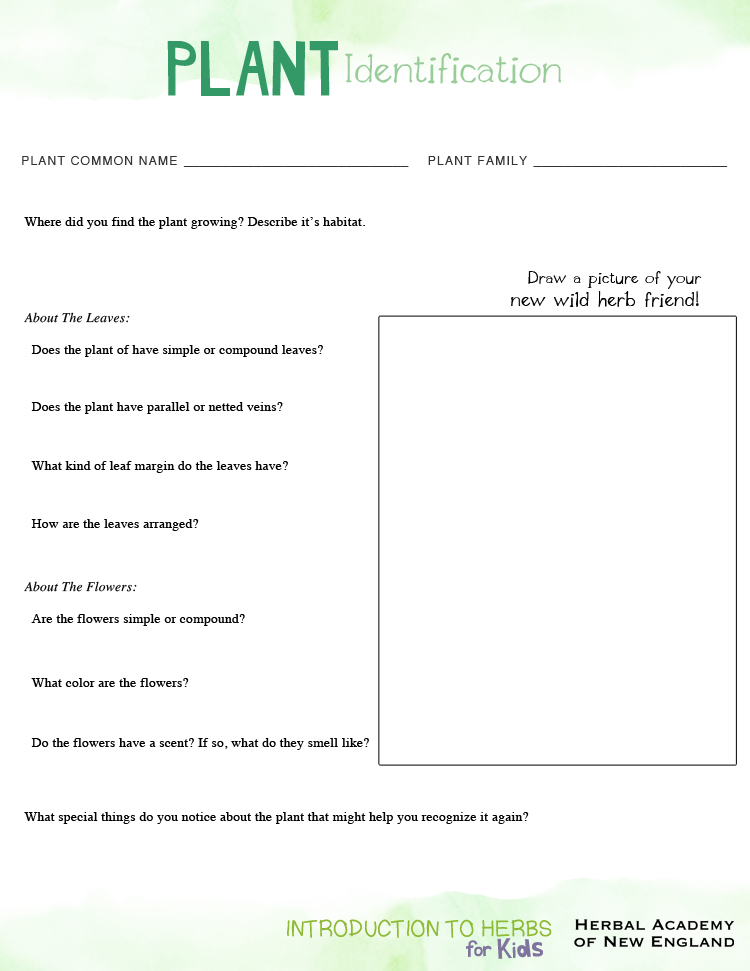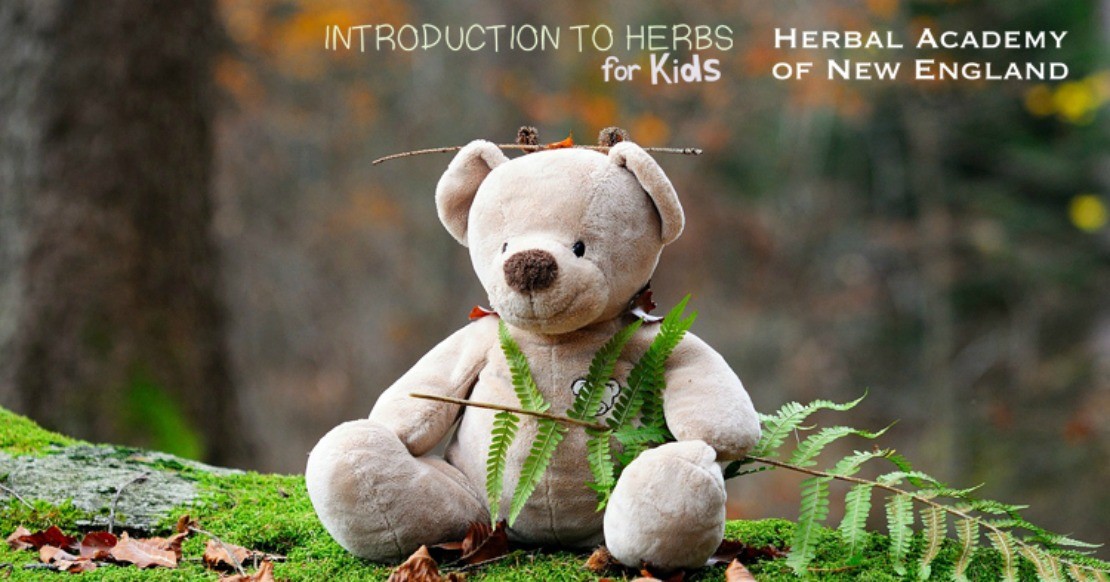
Introduction To Herbs For Kids: Wildcrafting
Fun On The Wild Side
Take a trip outside your door and look down! What do you see? Do you see little plants growing? Perhaps it is one single little dandelion or maybe you have found a whole area of plants growing and thriving. You won’t have to go far to find wild plants! Sometimes wild plants found around homes, playgrounds, and even in the middle of the city are considered to be weeds, but they can be valuable as food and as herbal remedies. Wild plants from natural areas can also be helpful herbal friends for you and me!
Our most recent herbal learning in the Introduction To Herbs For Kids series found us playing in the garden. Now it is time to venture out to the wayside and wild places where beautiful plants grow all on their own. It is time to get to know your local plants because we can find wild herbal friends growing all around us!
Special Herbal Terms
When learning about herbalism, you may encounter some interesting and even strange words. Here is a key to help you understand these words!
- Botany: The scientific study of plants.
- Compound Flowers: These flowers look like one flower but are really made up of lots of tiny little flowers all clustered together. Visit our botany lesson to review flower types and parts!
- Edible: Something you can eat. Always, always be sure you have adult permission before you put any plant in your mouth.
- Foraging: To search for wild plants.
- Overharvest: Take too much of something from the wild.
- Vitality: To have strength and energy.
- Wildcraft: To harvest wild plants.
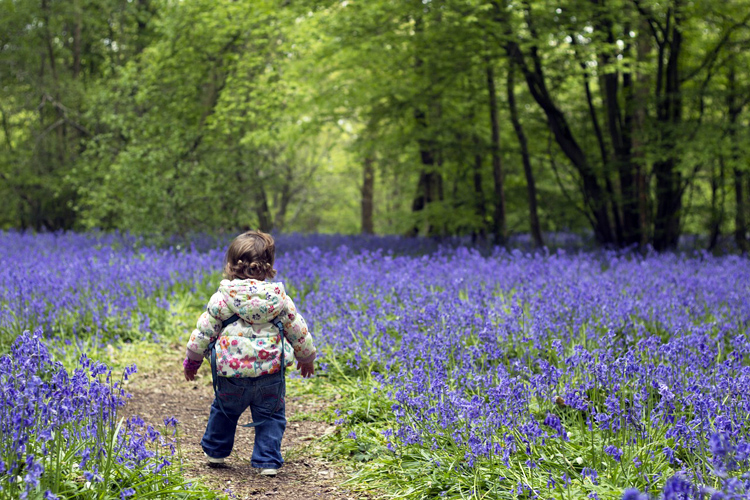
Wild Plants Are Strong
We all have a little wildness inside of us! Plants that grow deep in the forest, beside rumbling streams, in fields, and even along roadsides with no help from humans are considered to be wild. Herbalists value wild plants because of their sheer ability to live and thrive without any help. The dandelion that pushes its way up through the cracks of a sidewalk has a special strength. When you go deep into a forest, there is a deep sense of calm and being connected to the Earth. The plants that grow there are full of this feeling, too! When we use wild plants, their wildness and vitality become part of the remedy.
Friendly Foraging & Harvesting
Follow the harvesting guidelines from our Adventures In The Herb Garden along with these special rules for being kind to wild plants when you are harvesting.
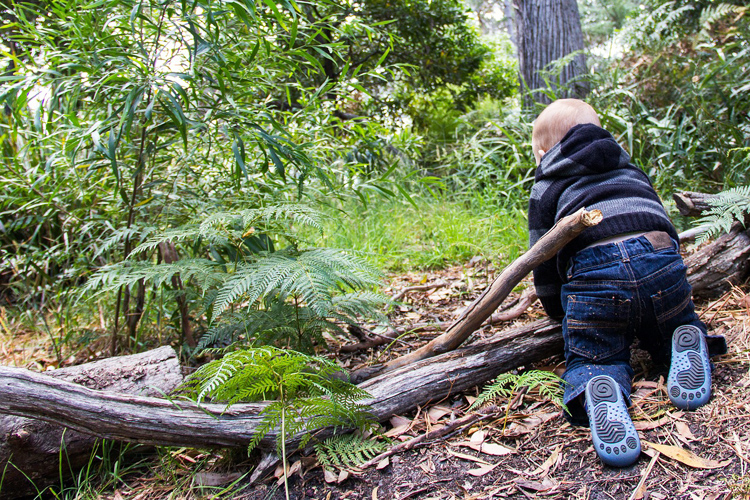
Be Safe!
If you want to enjoy finding and harvesting wild plants you need to know what you are picking, which means you need to identify plants. Get an adult to help you! You need to know without any doubt what a plant is before you pick it or put it in your mouth. You must be positive that you know what plant you are picking, and you should always check with an adult before picking or eating wild plants. Why? Well, some plants are poisonous. And some plants that are poisonous look like plants that are edible.
How can you tell what is what? Look to the resource section below for some ideas on how to get started learning about the wild plants that grow around you. Over time and with careful practice, you will get to know your wild friends one by one and learn about how to identify each one. Look for the things about each plant that tells you what it is. For example, dandelions have leaves that look like teeth, pretty compound flowers, and a milky sap in the stem. Violets have heart-shaped leaves that are slightly fuzzy with lovely little purple flowers made up of 5 petals. Over time you will get to know what the herbs look like and where to find them!
Keep It Clean
Look for clean places when harvesting wild plants. Even though dandelions and other lovely little plants might be growing around your school playground or up through the sidewalk cracks, you will want to leave those plants alone. They may be dirty with exhaust from cars on the nearby road or pesticides sprayed on the grass. Give them a little nod of love and then move on to find plants growing in places away from roadsides, polluted streams, and anywhere that might have been sprayed with pesticides. It is also important to not harvest plants from other people’s yards. With your parent’s okay, you can ask permission before harvesting from private property. It is really friendly to bring an herbal treat from your harvest to share with anyone who has let you pick herbs on their property. It is a great way to say, “Thank you!”
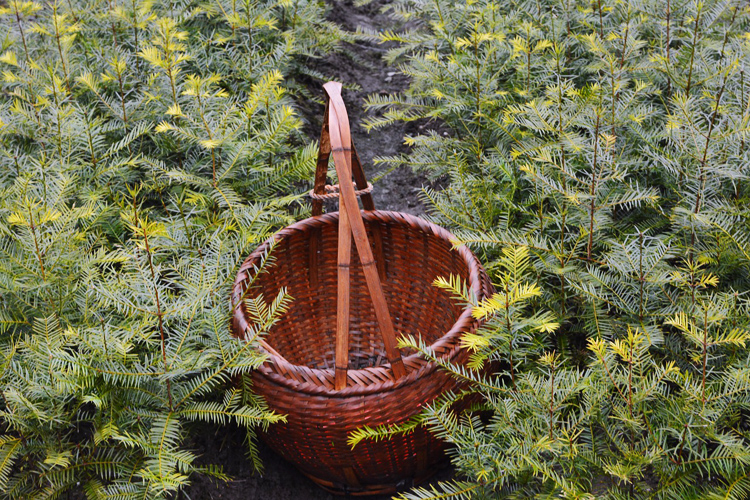
Mind Your Manners
Speaking of saying thank you, when foraging for and harvesting wild plants you need to mind your manners and not take too much. Do not overharvest the plants that you find. Overharvesting happens when people take too many plants from one area and don’t leave behind enough for the plants to continue to grow and be healthy. Remember that you are a guest here, and there may be other animals depending on the plants you are harvesting for food and shelter. Before you start and when you are done collecting, it is nice to say a little thank you to the plants you harvested!
Wildcrafting Resources
Learning to recognize the amazing wild plants growing all around you is fun! Be sure to ask your parents for help when you are wildcrafting. Each part of the world will have it’s own wild plants and these resources will help to get you and your parents started on the journey of learning about what plants grow in your area. Your botany skills will come in handy during your wildcrafting adventures (sharpen your skills here).
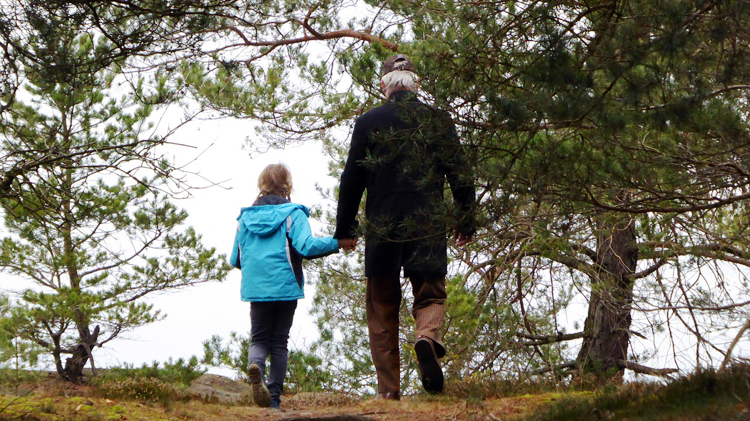
Ask For Help From An Expert
The best way to learn about wild herbs is to find an expert in your area who can take you on plant walks and show you the plants. Many herbalists love to introduce people to the herbs they know and love. Check with your local herbal apothecary, health food store, and The American Herbalist Guild for herb walks offered by herbalists. You can also visit the Native Plant Society to find classes.
Research In Books
Did you know that there are books that are all about identifying plants? There are fantastic books to help us and these books can be extremely helpful when learning about wild plants. Look for a book or two that talk about the plants in your area.
Books Just For Kids
These special books are written just for kids like you!
- Shanleya’s Quest by Thomas J Elpel
- Wildflowers, Blooms & Blossoms by Diane Burns
- The Tree Book For Kids & Their Grown-Ups by Gina Ingoglia
Field Guides
These are the types of guides that will help you find plants right out in the wild.
- Peterson Field Guide to Medicinal Plants and Herbs of Eastern and Central North America (Peterson Field Guides) by Steven Foster & James Duke
- A Field Guide to Western Medicinal Plants and Herbs (Peterson Field Guides) by Christopher Hobbs & Steven Foster
- Medicinal Plants of North America: A Field Guide (Falcon Guide) by Jim Meuninck
- iPlant App by Brigitte Mars
Wildcrafting Books
These wonderful books will help you identify plants and give you information about whether the plant is edible all in one book!
- The Forager’s Harvest: A Guide to Identifying, Harvesting, and Preparing Wild Edible Plants by Samuel Thayer
- The Complete Guide to Edible Wild Plants by Katie Letcher Lyle
- Foraging & Feasting by Dina Falconi
Botany Books
These books can help you to identify plants by giving you need about plant shapes and types. You can also visit our botany lesson for a basic review of leaf shapes, flower part and types!
- Plant Identification Terminology: An Illustrated Glossary by James G. Harris & Melinda Woolf Harris
- Botany In A Day by Thomas J. Elpel
An Activity For Kids Big & Small
Make Your Very Own Plant ID Notebook
This is a great activity to help you with your plant identification and wildcrafting skills. If you take it with you on your adventures, you will have it to refer to when you are identifying plants you may already know and you can add new plants to it as you go! You can make your own or print and fill out the plant identification activity sheets help you along your way.
Materials:
- A notebook, you can use a spiral notebook or a three ring binder
- Colored pencils, markers or crayons
- A writing pen
- Adult help for identifying plants
Instructions:
Make an identification sheet for each plant you positively identify.
Be sure to include the following information on your sheet:
- Plant name
- Plant family
- Flower type & color
- Leaf shape
- Leaf arrangement
- Special things about the plant that tell you what it is.
- A drawing or picture of the plant.
Download and the Plant Identification Sheet for Kids. Print out one page for each wild plant you are studying!
A Note To Parents
Hi Parents! Thanks for joining us on this wild adventure! You can support your child in learning about wild plants by learning together! Go outside together and look for the wild plants growing right in near your home. If you can, take some time to visit nearby wild areas and look for plants there as well. Encourage your child to observe the plants you find together. Ask them questions about what the plant looks like and see if you can find anything special about the plant to help you and your child identify it in the future.
Remember Safety First! Safety is especially important when foraging! Please be very careful in the guidance of your children. Know that some plants which are poisonous look an awful lot like edible plants. If you are not absolutely sure that you have identified the plant correctly, do not eat it. Please refer to the resource list above for support in your wildcrafting.
If you would like to learn more about herbalism check out our Introductory Course for beginning to learn about herbs online. The Herbal Academy of New England also offers an Intermediate Course for in-depth learning as well as a wonderful Herbarium that is full of beautiful herbal monographs, a resource for herbalists and novices alike.
